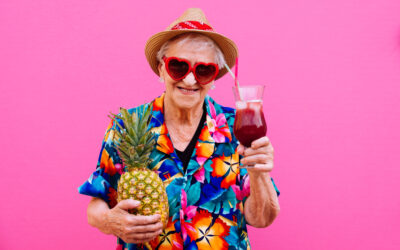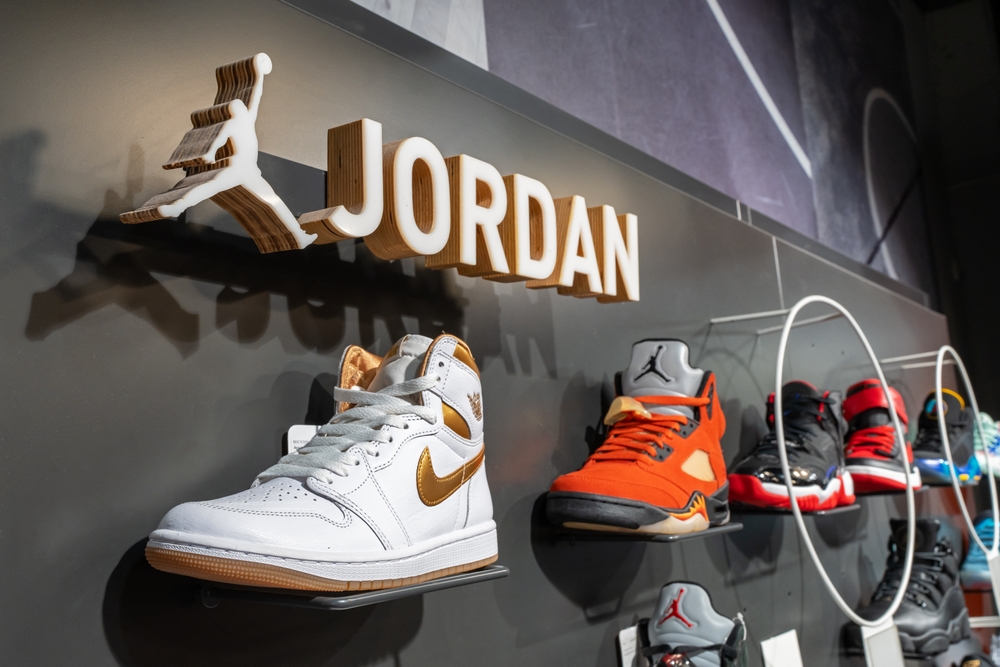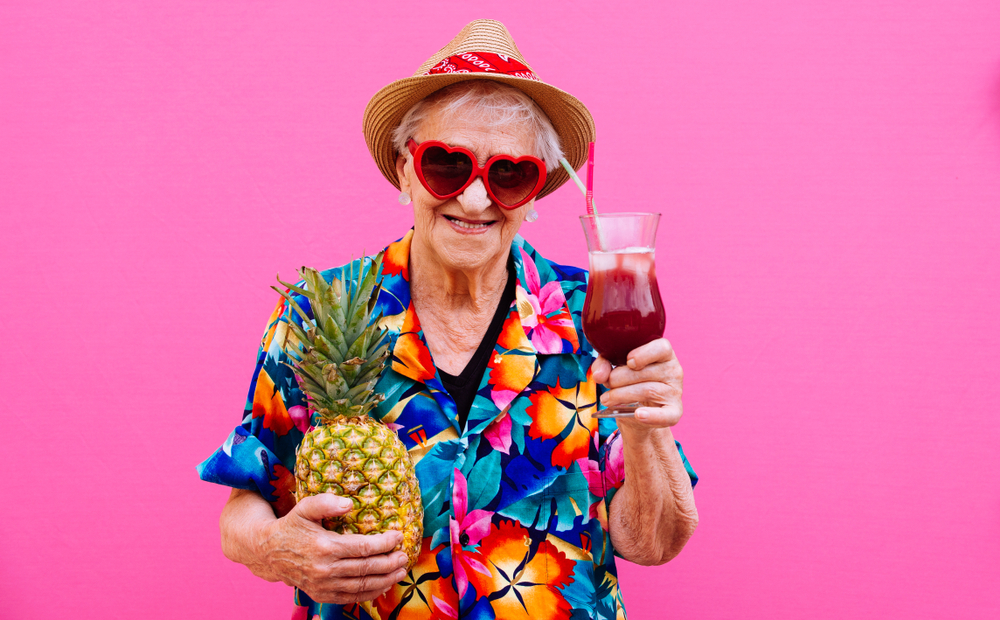Wellness has become a multi-billion-dollar industry, turning everyday routines into luxurious rituals and seemingly mundane products into must-have essentials. But not all that glitters is gold; some trends have shone brightly while quietly lightening wallets. As you delve into the labyrinth of wellness wonders, it’s essential to recognize that some of these trends were simply brilliant scams—ingenious, yet overpriced, solutions to problems you didn’t know you had. Let’s explore these wellness wonders that promised more than they could deliver.
1. The Activated Charcoal Explosion
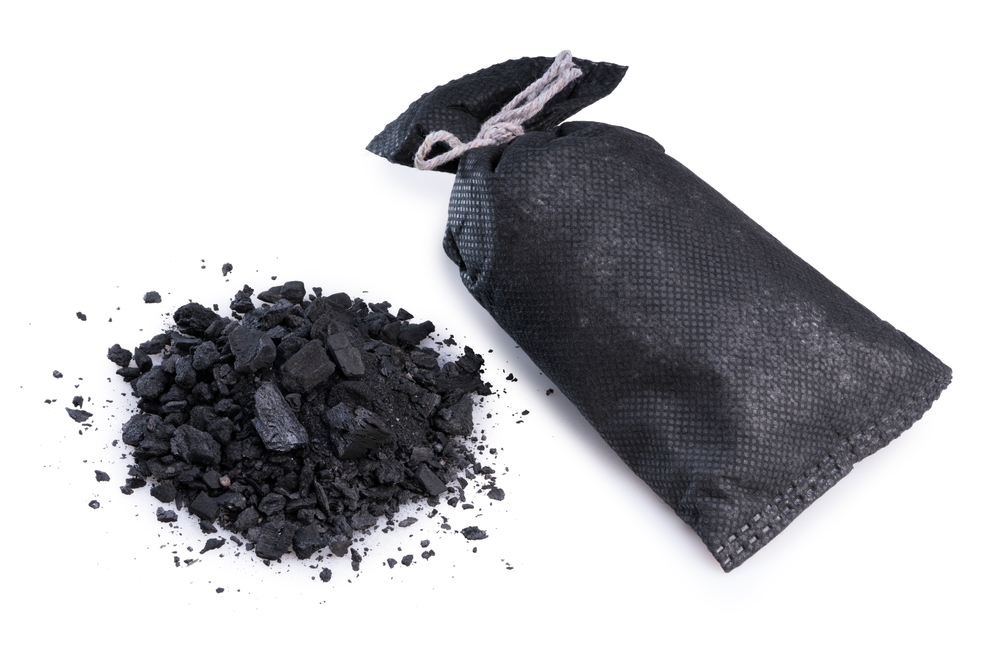
Activated charcoal was the darling of the wellness world, hailed for its alleged detoxifying properties. From toothpaste to ice cream, this black magic ingredient was everywhere, promising to cleanse your body and brighten your teeth. However, while it may absorb toxins in a medical setting, the benefits of activated charcoal in everyday products are dubious. According to a 2017 study in the Journal of Food Science, there’s little evidence supporting the health claims touted by these products.
Despite its lack of scientific backing, the allure was undeniable. The dramatic black hue added an element of drama, turning ordinary products into statement pieces. People flocked to the trend, seeking the supposed health benefits and a little intrigue for their Instagram feeds. Ultimately, activated charcoal was less about wellness and more about selling an aesthetic.
2. The Collagen-Infused Fake Promise

Collagen powders and supplements became synonymous with the promise of eternal youth. Marketed as the fountain of youth in a sachet, these products claimed to reduce wrinkles, strengthen hair and nails, and promote joint health. The reality is that while collagen is an important protein, ingesting it doesn’t directly translate to improved skin elasticity. The body’s digestion process simply doesn’t discriminate—we break it down like any other protein.
Still, the hype surrounding collagen-infused products was palpable. It tapped into deep-seated fears and desires for ageless beauty, spurring a frenzy. People were eager to buy into a simple solution for complex issues. Beyond the medical uncertainty, the trend thrived on selling hope in a jar, one powdery scoop at a time.
3. The Alkaline Diet Spin

The alkaline diet encouraged people to eat foods that supposedly affect the body’s pH level for better health. Promoters claimed that an alkaline diet could prevent health issues by neutralizing acidity, which they believed causes disease. However, a 2012 review published in the Journal of Environmental and Public Health found no substantial evidence supporting these health claims. The body’s internal regulation—particularly of blood pH—is unaffected by dietary changes.
Regardless, the diet captured the imagination of health enthusiasts. It suggested a simple dietary switch could mitigate serious health concerns, appealing to those seeking control over their well-being. While the science was shaky, the promise of a cleaner, healthier life was irresistible. In the end, the alkaline diet was more about selling an ideal than a practical solution.
4. The Crystal Healing Quackery
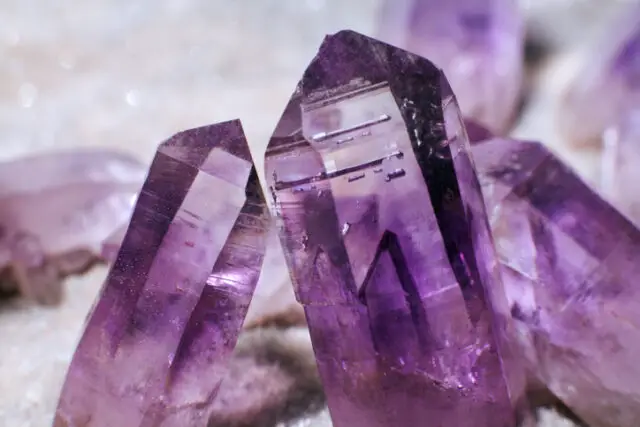
Crystals found their way into the wellness world as healers of physical and emotional ailments. Proponents claimed these stones vibrated at frequencies that could align and heal the body’s energy fields. Despite these claims, there’s no scientific evidence that crystals have any effect beyond a placebo. Their appeal lay in ancient lore and the soothing ritual of intention-setting, which many found comforting.
Crystal healing was less about the stones themselves and more about the practice they represented. People were drawn to the idea of tangible objects holding the key to wellness. This trend capitalized on the aesthetics and symbolism of healing, with crystals becoming more about personal empowerment than health. In this case, belief was the true power fueling the trend.
5. The Cupping Therapy Trend
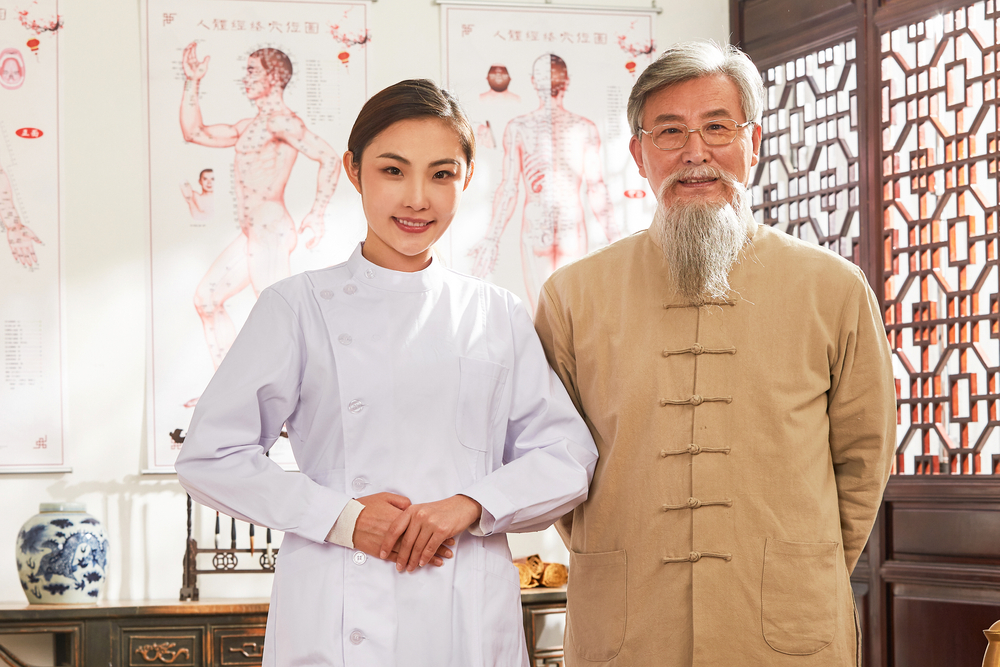
Cupping therapy, an ancient practice, resurfaced as a trendy wellness treatment claiming to relieve muscle tension and promote circulation. The sight of celebrities with circular bruises on their backs fueled the fascination. However, a 2015 review in the Journal of Traditional and Complementary Medicine found limited evidence of its efficacy beyond placebo effects. Despite the lack of solid scientific support, people flocked to this practice hoping for quick relief.
The resurgence of cupping illustrated a broader trend toward ancient methods rebranded for modern wellness. Its appeal lay in the exotic and the dramatic, offering a visible testament to one’s commitment to wellness. People were willing to endure discomfort for the promise of relief and rejuvenation. Ultimately, cupping thrived on its visual impact rather than its clinical results.
6. The Goji Berry Frenzy

Goji berries were once hailed as a superfood capable of boosting immunity, enhancing brain function, and promoting longevity. With claims rooted in traditional Chinese medicine, they quickly became a staple in health circles. However, while nutritious, goji berries aren’t the miracle cure they were marketed to be. Like many fruits, they offer vitamins and antioxidants, but they won’t single-handedly transform your health.
Despite this, the goji berry craze showcased how easily wellness trends can spread. People were eager to consume these tiny red berries in hopes of reaping their exaggerated benefits. Once a symbol of exotic health, goji berries became regulars in smoothies and snacks. Ultimately, the trend capitalized on their novelty and perceived exclusivity.
7. The CBD Miracle

CBD, or cannabidiol, emerged as a wellness hero, promoted for its supposed ability to alleviate anxiety, pain, and insomnia without psychoactive effects. The market exploded with CBD-infused products, from oils to gummies and skincare. However, the FDA has only approved one CBD product for epilepsy, and a 2019 study in the journal Pain found mixed evidence regarding its effectiveness for other conditions. Despite the regulatory limbo and varying research results, the allure of a natural remedy was hard to resist.
The desire for a natural, legal alternative to traditional medicine drove the CBD craze. People were drawn to its potential benefits, hoping it could be the ultimate panacea. The marketing of CBD products often outpaced the science, leveraging ambiguity to fuel interest. In the end, the trend was more about the promise of well-being than proven results.
8. The Juice Cleanse Crazy

Juice cleanses became the go-to detox solution for many looking to reset their bodies and minds. Promising to flush out toxins and rejuvenate the system, these programs often focus on liquid nutrition. However, the scientific community largely agrees that our bodies are well-equipped to detoxify themselves without the need for expensive juicing regimens. Despite lacking a scientific basis, juice cleanses sold a narrative of purity and health.
The appeal of a juice cleanse lies in the promise of a fresh start, a clean slate for one’s diet and lifestyle. It represents commitment and discipline, qualities many aspire to embody. While the health benefits are debatable, the psychological effect of undertaking a cleanse can be significant. For many, the draw was as much about the journey as any supposed detox.
9. The Essential Oils for Everything
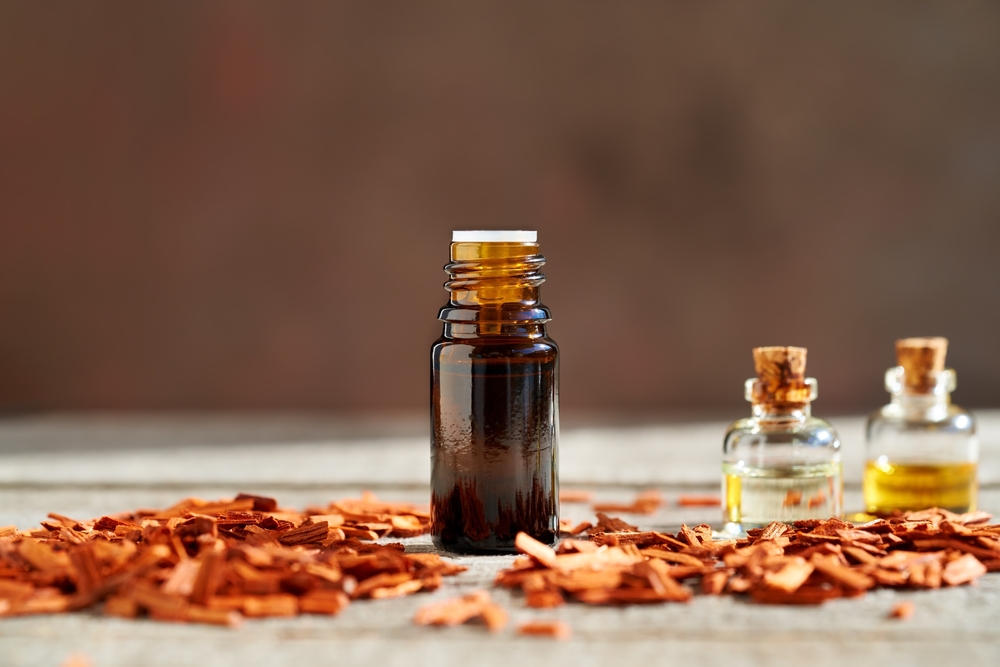
Essential oils were touted as natural solutions for everything from stress relief to pain management. Companies marketed them as safer, plant-based alternatives to pharmaceuticals. However, research supporting the efficacy of essential oils is limited, with much of the evidence being anecdotal. Despite this, the appeal of essential oils persisted due to their therapeutic aromas and ritualistic use.
The trend capitalized on the growing interest in all things natural and organic. People were enchanted by the idea of harnessing nature’s power to improve their well-being. The oils turned self-care into a multisensory experience, with scents that could transport you to a more peaceful state. Ultimately, essential oils sold an experience more than a cure.
10. The Coconut Oil Con Job
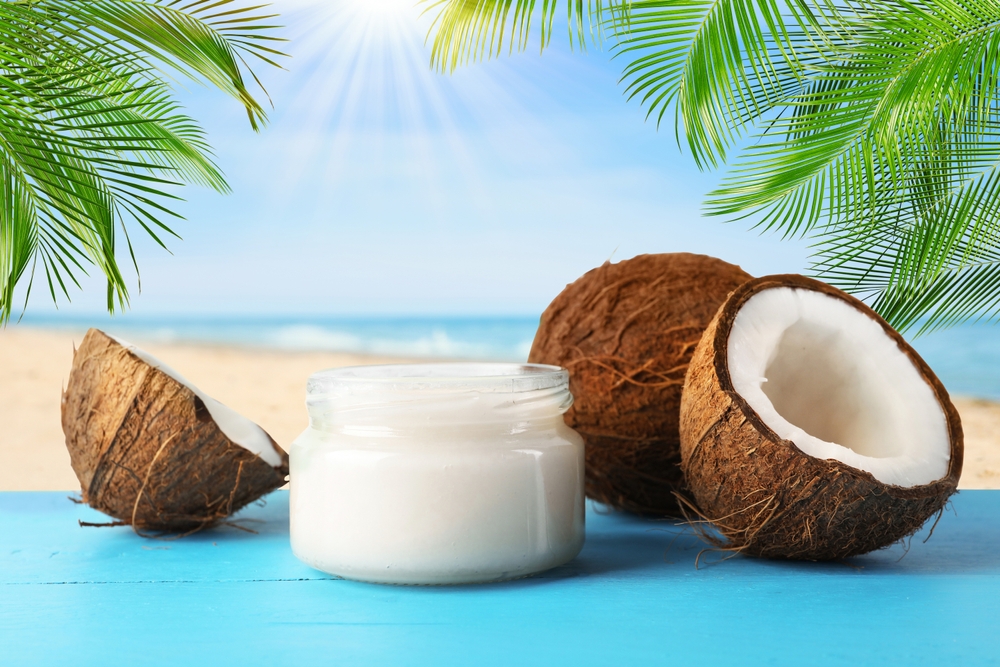
Coconut oil was hailed as a versatile wonder, suitable for cooking, skincare, and even weight loss. Its saturated fat content sparked debates, with some claiming it was a healthy alternative to other oils. However, Harvard researchers have warned against its excessive use, as it may increase cholesterol levels. Despite this, the coconut oil craze thrived on its exotic appeal and multitasking claims.
The trend tapped into the desire for a singular solution to multiple problems. People were eager to embrace a product that promised so much simplicity and efficacy. Coconut oil became a symbol of natural living and rustic simplicity, even if it wasn’t the health panacea it claimed to be. In the end, it was more about lifestyle branding than genuine health benefits.
11. The Detox Teas Revolution

Detox teas promised quick weight loss and internal cleansing, often endorsed by celebrities on social media. Marketed as a natural way to shed pounds and boost metabolism, these teas caught the attention of many looking for easy solutions. However, experts caution against their use, as they often contain laxatives that can cause health issues. Despite the potential risks, detox teas sold a dream of effortless transformation.
The appeal of detox teas lies in their simplicity and accessibility. People were drawn to the idea of sipping their way to a better body. The visual transformation promised by these products was hard to resist, especially when endorsed by influencers. Ultimately, the teas marketed a fantasy rather than a sustainable health practice.
12. The Antioxidant Hype
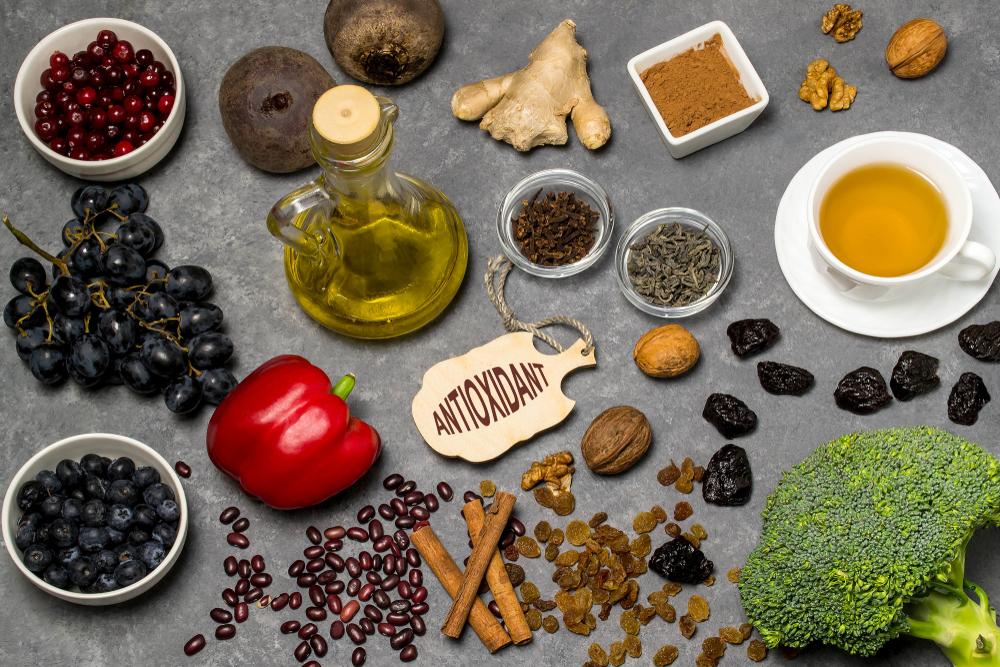
Antioxidants were praised as the key to preventing aging and disease, leading to a surge in demand for antioxidant-rich products. From supplements to skincare, these products promised to neutralize damaging free radicals in the body. However, while antioxidants are beneficial, the hype often exaggerates their capabilities. High doses of antioxidant supplements, according to research, may even be harmful.
The trend thrived on the promise of protection and vitality. People were eager to believe in a simple dietary addition that could ward off illness. As a result, products marketed as high in antioxidants became synonymous with health. Ultimately, the antioxidant hype was more about selling invincibility than balanced nutrition.
13. The Raw Water Movement

The raw water trend promoted the consumption of untreated, unfiltered water, claiming it contained beneficial minerals and probiotics. Promoters argued that modern water treatment stripped water of its natural goodness. However, health experts warn that untreated water can contain harmful bacteria and contaminants. Despite the potential risks, the trend appealed to those seeking purity and a return to natural sources.
The allure of raw water lay in its perceived authenticity and purity. People were drawn to the idea of consuming untouched, unprocessed water. This trend capitalized on fears surrounding modern water treatment and the desire for natural alternatives. Ultimately, raw water was a risky venture sold as a healthful return to basics.
14. The Oxygen Bar Fad provided by Shutterstock
provided by Shutterstock
Oxygen bars offered patrons a chance to breathe in concentrated oxygen, marketed as a boost for energy, clarity, and overall well-being. Promised as a quick fix for fatigue and stress, these bars attracted those seeking a novel wellness experience. However, the benefits of supplemental oxygen for healthy people are unproven, and experts argue that it’s largely a placebo. Despite this, oxygen bars thrived on their futuristic appeal and promise of rejuvenation.
The trend was less about actual health benefits and more about the experience itself. People were drawn to the idea of biohacking their everyday routines for better performance. Oxygen bars became a symbol of modern wellness culture, offering a unique escape from the ordinary. In the end, they sold an atmosphere of innovation rather than genuine health improvement.
This article is for informational purposes only and should not be construed as financial advice. Consult a financial professional before making investment or other financial decisions. The author and publisher make no warranties of any kind.




